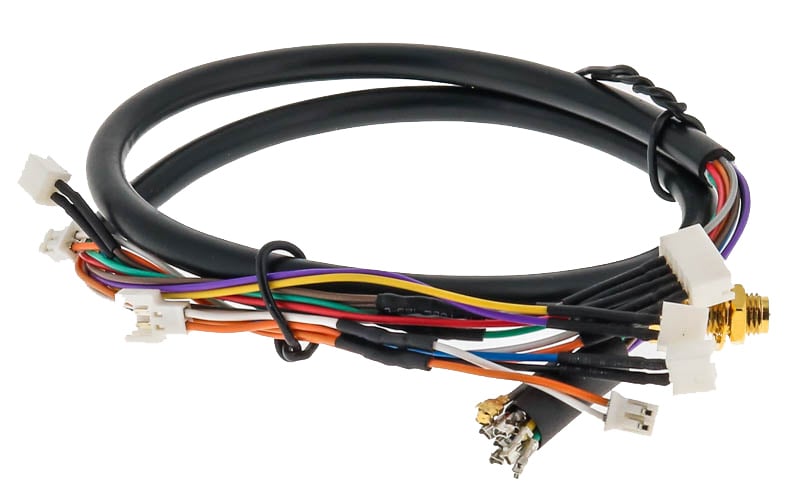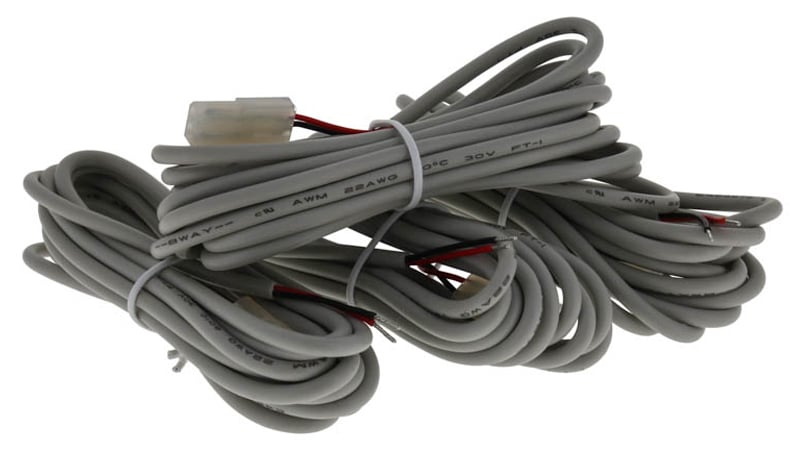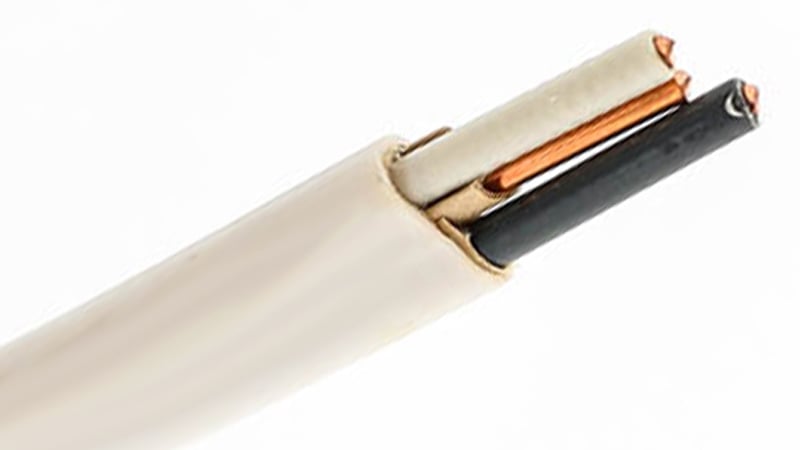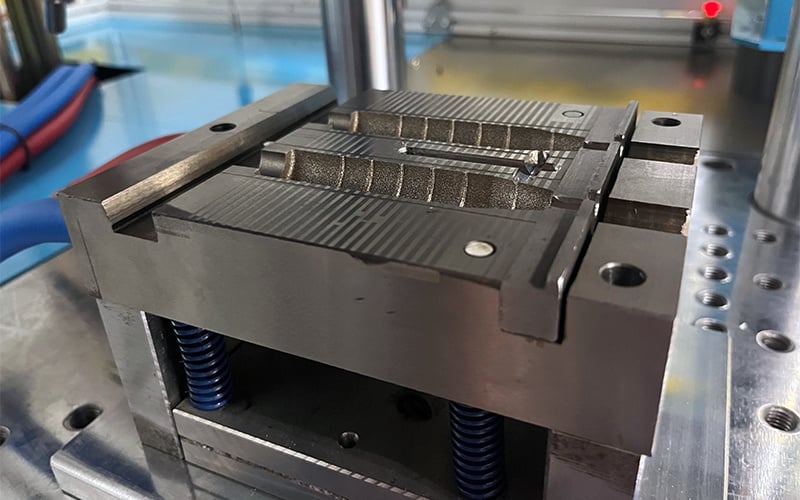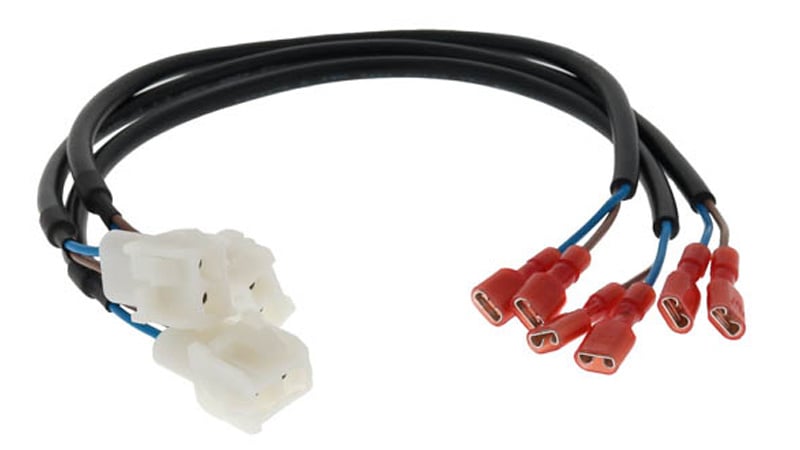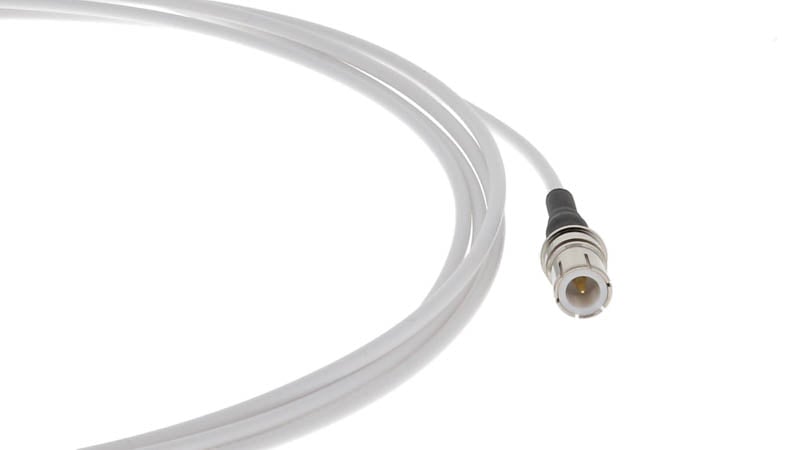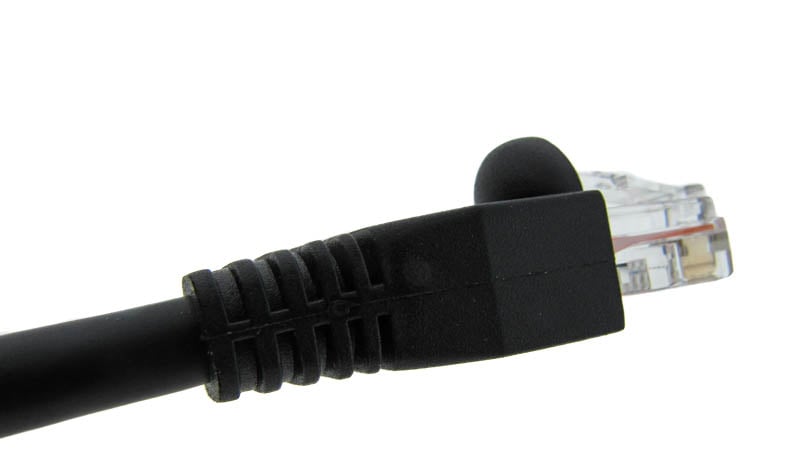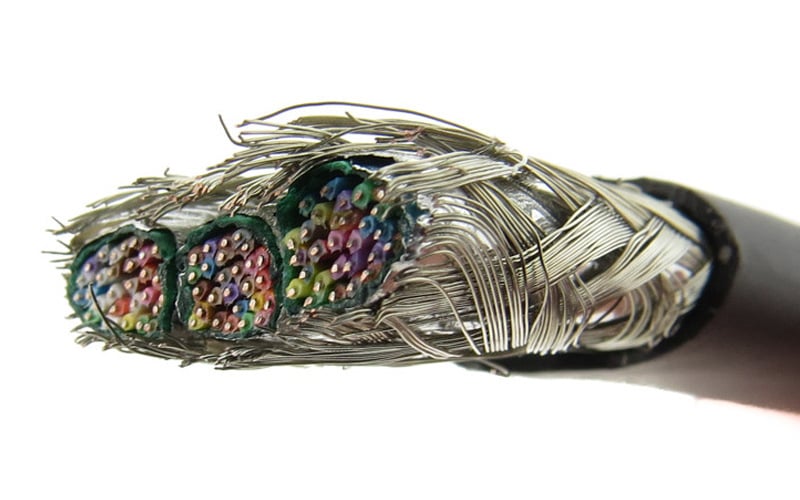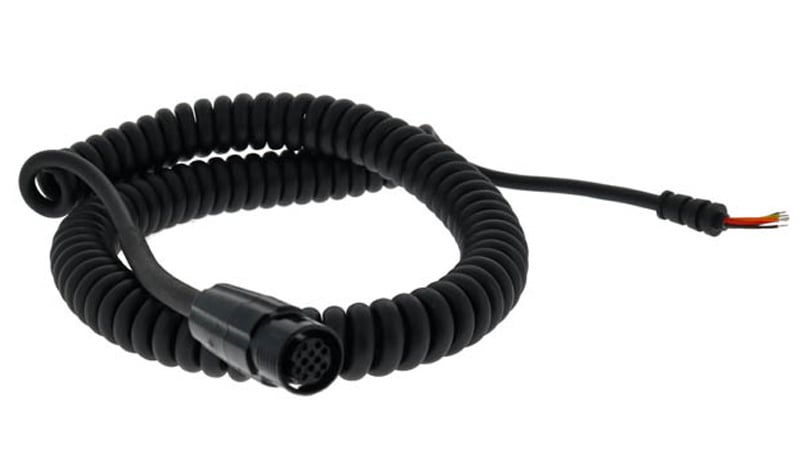In the medical device industry, safety and reliability for electronics are non-negotiable. A single component failure can have serious consequences, which is why regulatory frameworks exist to set the bar for quality and consistency.
At the conclusion of our webinar, Understanding UL Wire Options that Surpass Industry Standards, we had several questions submitted to our presenter, User Interface & Cable Assembly Product Manager, Steven J. Goodman. We compiled these into a readable format on our blog.
When it comes to designing wire harnesses and multiconductor cables, one of the most overlooked yet critical features is the drain wire. Whether used for grounding, shielding, or providing structural strength, the drain wire plays a key role in ensuring the performance, reliability, and longevity of the cable assembly.
Multiconductor cables are among the most common types of wire harnesses used today for their high reliability and versatility. They are highly sought after because manufacturers can completely customize the wire cross-section, serving all industries and applications. Multiconductor cables are used everywhere, including USB cables, automotive harnesses, printer cables, electrical vehicle charging stations, x-ray machines, and so on.
In today's global electronics landscape, sourcing challenges are more than just a procurement problem, they’re a risk to production timelines, quality, and long-term customer satisfaction. Cable assemblies, which often require precision tooling, are especially vulnerable when changes in your supply chain force a transition to a new manufacturing partner.
In the evolving world of electronics manufacturing, the materials used to build custom cable assemblies have a direct impact on the performance, durability, and overall reliability of the end product. There are numerous types of materials used, from metals to plastics and from finishes to coatings, with each playing a vital role in how the cable functions and enabling it to meet a wide range of requirements.
RF cables are used in applications that require ultra-high-speed data and information to be transferred, specifically covering electromagnetic radio frequencies from 3kHz to 300GHz. These frequencies may consist of satellite communication, Wi-Fi, and cellular signals as well as AM/FM radio and analog/digital television.
The telecommunication industry is the foundation of global connectivity, enabling seamless communication through wired and wireless systems. While cutting-edge wireless technology like 5G and satellite TV often steals the spotlight, wired telecommunication remains indispensable for its reliability and performance.
When it comes to designing custom cable assemblies, understanding the specific requirements is critical. These assemblies are not just a collection of wires, they are key components of complex systems where safety and reliability are non-negotiable.
In industries ranging from robotics to automotive to consumer electronics, flexibility is a crucial attribute of modern cable assemblies. Flexible cables enable compact routing, support dynamic motion, and enhance durability in challenging environments.


